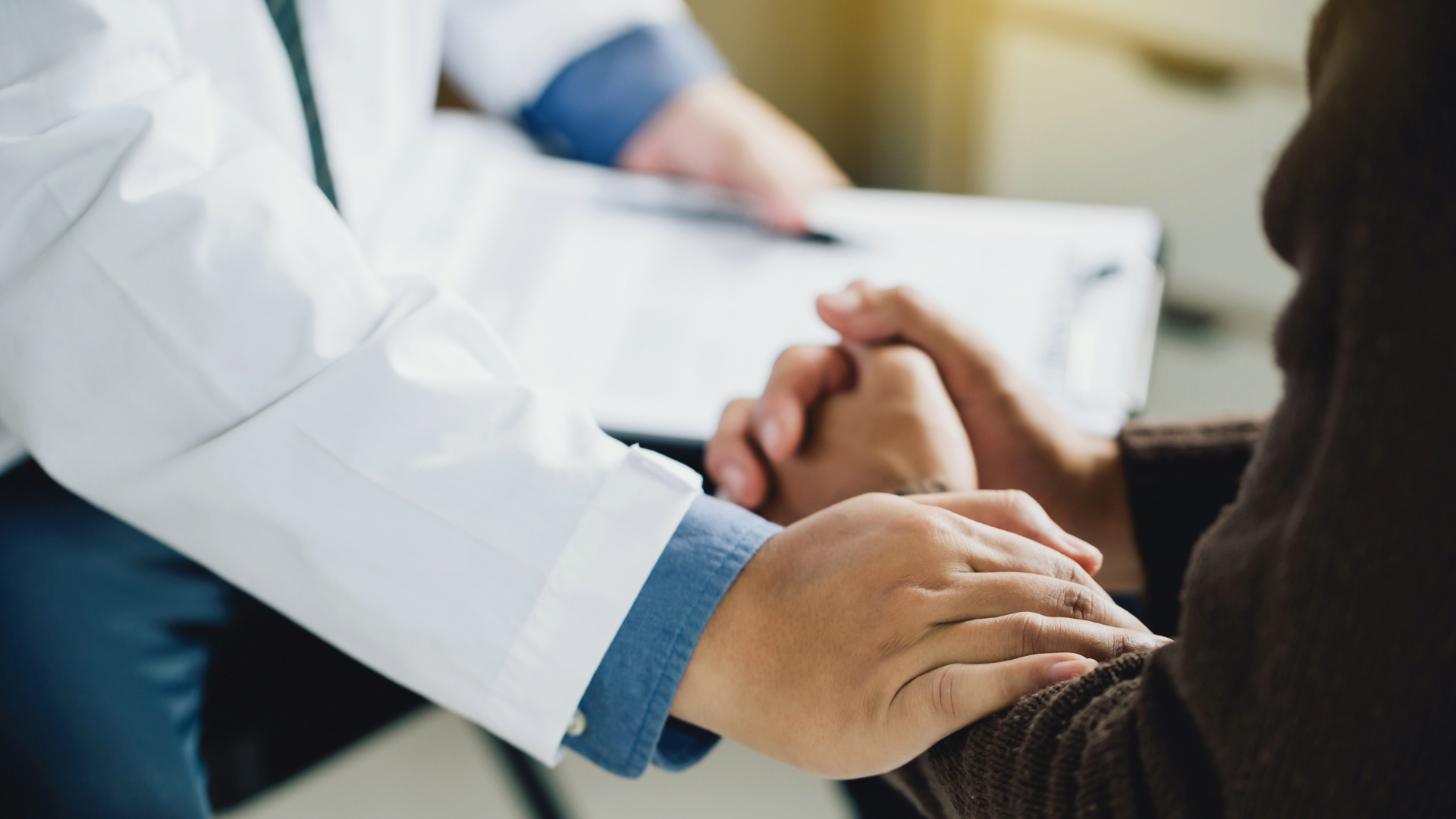AgriSafe Learning

Clinician Workshop: Counseling on Access to Lethal Means (CALM) (Live 4.21.25)
Includes a Live Web Event on 04/21/2025 at 10:00 AM (CDT)
-
Register
- Non-member - $75
- Member - $60
Summary: Counseling on Access to Lethal Means (CALM) is a powerful addition to existing strategies to reduce the risk of suicide death in at-risk people while respecting their rights and autonomy. Help keep your at-risk clients safe by learning how to collaborate with them to implement safe storage of firearms and dangerous medications. This training is listed in the Suicide Prevention Research Center's best practice registry. The oldest and most widely-used training on lethal means safety, CALM teaches why means matter and equips individuals with tools to intervene effectively with those at risk for suicide both upstream (before a crisis hits), as well as in times of crisis. This training workshop is designed specifically for clinicians and includes case studies, breakout discussions and valuable clinical training videos.
Intended Audience: Created for mental health clinicians, primary care providers, substance abuse counselors, hotline responders, and crisis intervention services.
Objectives: At the end of this webinar, participants will be able to…
- Summarize facts related to suicide deaths and lethal means.
- Inquire about the accessibility of lethal means with a client or guardian.
- Suggest safe storage for medications and firearms.
- Appraise the results of lethal means reduction in the world.
- Apply collaborative dialogue with a client or guardian through clinical videos, case study discussion and role play.
This course will only be offered live so please plan to attend during the times listed. The registration fee for this course is non-refundable. If you are unable to attend, please email sjenkins@agrisafe.org, and we will try to find you a spot in a future class.
Key:

In support of improving patient care, the University of Kentucky HealthCare CECentral is jointly accredited by the Accreditation Council for Continuing Medical Education (ACCME), the Accreditation Council for Pharmacy Education (ACPE), and the American Nurses Credentialing Center (ANCC), to provide continuing education for the healthcare team.
CME: This live activity is designated for a maximum of 3.50 AMA PRA Category 1 Credit(s)™. Physicians should claim only credit commensurate with the extent of their participation in the activity.
CPE: This knowledge-based activity will award 3.50 contact hours (0.350 CEUs) of continuing pharmacy education credit in states that recognize ACPE providers.
ASWB ACE: As a Jointly Accredited Organization, UK HealthCare CECentral is approved to offer social work continuing education by the Association of Social Work Boards (ASWB) Approved Continuing Education (ACE) program. Organizations, not individual courses, are approved under this program. State and provincial regulatory boards have the final authority to determine whether an individual course may be accepted for continuing education credit. UK HealthCare CECentral maintains responsibility for this course. Social workers completing this course receive 3.50 clinical continuing education credits.
CNE: The maximum number of hours awarded for this Continuing Nursing Education activity is 3.50 nursing contact hours.
_______________________________________________________________________________________________________________________________________________________________________________________________________
Continuing Education for Louisiana Licensed Professional Counselors: This workshop has been approved for 3.5 CE clock hours in Diagnosis by the Louisiana Counseling Association as authorized by the Louisiana Mental Health Law (R.S. 37:1101-1123).

Tara Haskins, DNP, MSN, RN, AHN-BC
Total Farmer Health Director
AgriSafe Network
Dr. Tara Haskins oversees partnerships to support AgriSafe’s Total Farmer Health initiative. She is also responsible for AgriSafe’s mental health programming. Tara contributes to curriculum design and implements new Total Farmer Health trainings that optimize and expand upon existing programs. She collaborates with organizations and government agencies that are interested in using the Total Farmer Health model as a public health framework.
Tara has worked in healthcare as a registered nurse for 37 years with clinical experience in medical surgical, critical care, crisis intervention and opioid and alcohol outpatient treatment. Dr. Haskins worked for 11 years in academia as lead faculty in musculoskeletal and psychiatric mental health nursing content across three universities.

Olivia Bury, MA, PLPC
Behavioral Health Specialist
AgriSafe Network
Olivia is the Behavioral Health Coordinator and lead on suicide prevention training programs at AgriSafe. She received her master's degree in Clinical Mental Health & Guidance in 2022. Olivia providers QPR and CALM trainings that focus on the unique stressors that those in agriculture experience. In addition to her AgriSafe role, Olivia is a provisional licensed counselor. She works part time at a school, where she works with pre-k to middle school students.

Linda Emanuel, BSN, RN
Community Health Director
AgriSafe Network
Shaped by Linda’s experience as a Registered Nurse working in rural communities as well as her proprietorship of a three generational Nebraska family farm, Linda naturally connects as an advocate and educator with agriculture producers and health care professionals. As the Community Health Director of the AgriSafe Network, she is responsible for curriculum design and outreach for the Veteran Farmer program, Total Farmer Health Coach program, and Women’s health. Her work is promoted on a state, regional and national level through webinars, onsite presentations, publications as well as user-friendly resources. Her passion to support the total farmer health concept drives her to act as a liaison between research and practice.
Linda has a diverse background in acute care nursing, intensive care, pediatrics, home health care, and rural primary care clinics. She is an AgriSafe Nurse Scholar, and a Nebraska LEAD fellow. She belongs to the American Nurses Association, Rural Nurses Organization, and Nebraska Nurses Association. She and her husband own and operate a row crop farming operation that has welcomed back their sons and families to continue a legacy.
Quick Search
Technical Difficulties
Submit a help ticket if you need technical assistance.
Having Computer Issues? Please check your internet browser and security settings to allow permissions for this website. Browsers: Microsoft Edge version 40 or higher; Chrome version 60 or higher, Firefox version 50 or higher; or Safari version 10.1 or higher. We recommend using Google Chrome or Firefox as your browser.
